How can Hong Kong, with a GDP per capita of US$50,000, tolerate the fireworks on the Temple Street?
If there were live webcasts in the 1980s, every stall owner in Temple Street would be an internet celebrity.
"Gaodan Wansan, if you have five strains and seven injuries, you can use my anther to heal. Long story short, I'll show you a demonstration!"
The shirtless martial arts master took out a long iron ruler and slammed it into his chest with one, two, three strokes. The iron ruler was bent, and a red mark appeared on the master's white flower's chest. Then he took out the safflower oil he had prepared earlier and rubbed it on his body indiscriminately. Soon, the red mark disappeared.
A cheer came. Heads of people flocked to the master, asking about the price of this medicinal wine.

Looking to the left, a stall owner in a white vest with a live snake around his neck and two thin pythons on his feet. The snake crouched on the shoulder of the stall owner, opened its mouth wide, and spat out a red letter. The stall owner laughed furiously, stuffed a few medicinal syrups in his hands, and shouted, "Secretly made three snake gallbladders, clearing heat and relieving fire, moisturizing throat and relieving cough!"
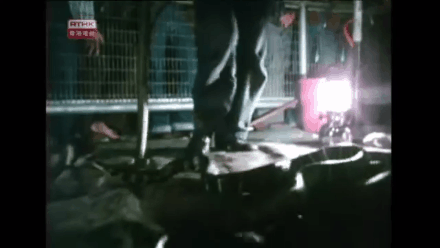
Walking along the crowd to the depths of the market, a physicist greeted the guests to sit down, but the water and oil lamps were not bright enough, so he picked up the lamp and almost raised it to the guests' faces, looking left. , looked to the right, and muttered, "Huai Ding holds Bing, crosses the phoenix and presents a monkey, and the financial officer has both seals."

At the end of the market, there was a storyteller in a jacket and long coat. He stood under the banyan tree, with a broken porcelain bowl at his feet, shaking his head and shouting, "He Jie, the weather is icy cold, and the paper fan in his hand is going crazy. Because I'm at the head of a banyan tree, I'm the happiest when I tell stories with a fan."
Tonight, the storyteller's story is related to this Temple Street.
This street used to be the originator of the stall industry, a nightclub for the common people in Hong Kong, a carnival for the local middle and lower classes, an amusement park for the three religions and nine streams, and a place for the grass-roots to love at night.
There used to be hundreds of stalls here, including restaurants, horoscopes, rivers and lakes, brothels, snake walks, medical halls, sparrow halls, Cantonese opera teahouses, etc.
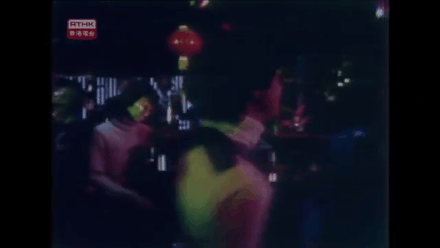
In today's rapid urban reconstruction and ever-changing urban landscape, it is trying to change itself from a "local market" to a "tourist destination", relying on innovative functions to make a living.
But the most fascinating part of it is still the traces of the times that are backward, rotten, stubborn, and incompatible with the new century.
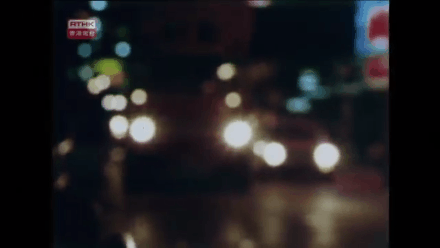
"The worst time in the world for business"
Mrs. Huang has been in a bad mood recently.
Standing beside the booth, she was using a rag to dust off the phone cases, charging cables, USB flash drives, earphones and other electronic items on the booth. She is slightly fat, in her fifties, with glasses, wrinkled eyes, a row of deep and shallow age spots next to the bridge of her nose, and her neat short hair is still dark and bright.
She is from the Mainland, she didn't speak Cantonese when she first came to Hong Kong, and her education was not high. She set up a stall in Temple Street with her friends to make a living for more than 30 years.
Due to the sharp drop in tourists in the past six months due to the epidemic, she ushered in "the worst time for business in the world". An hour later, only one tourist stopped in front of her booth. The man asked how to buy earphones. She said 30 Hong Kong dollars. The man thought it was too expensive and left. She was a little discouraged, sat on the stool, crossed Erlang's legs, rested her chin in her hands, and brushed her phone listlessly.

Eight o'clock in the evening should be the busiest time in Temple Street.
The official website of the Hong Kong Tourism Board introduced Temple Street, saying, "Every day after 6:00 pm, the Temple Street Night Market begins to come alive. Hundreds of stalls are lit up, illuminating the whole street, and tourists come in droves. The original The quiet street suddenly became full of people."
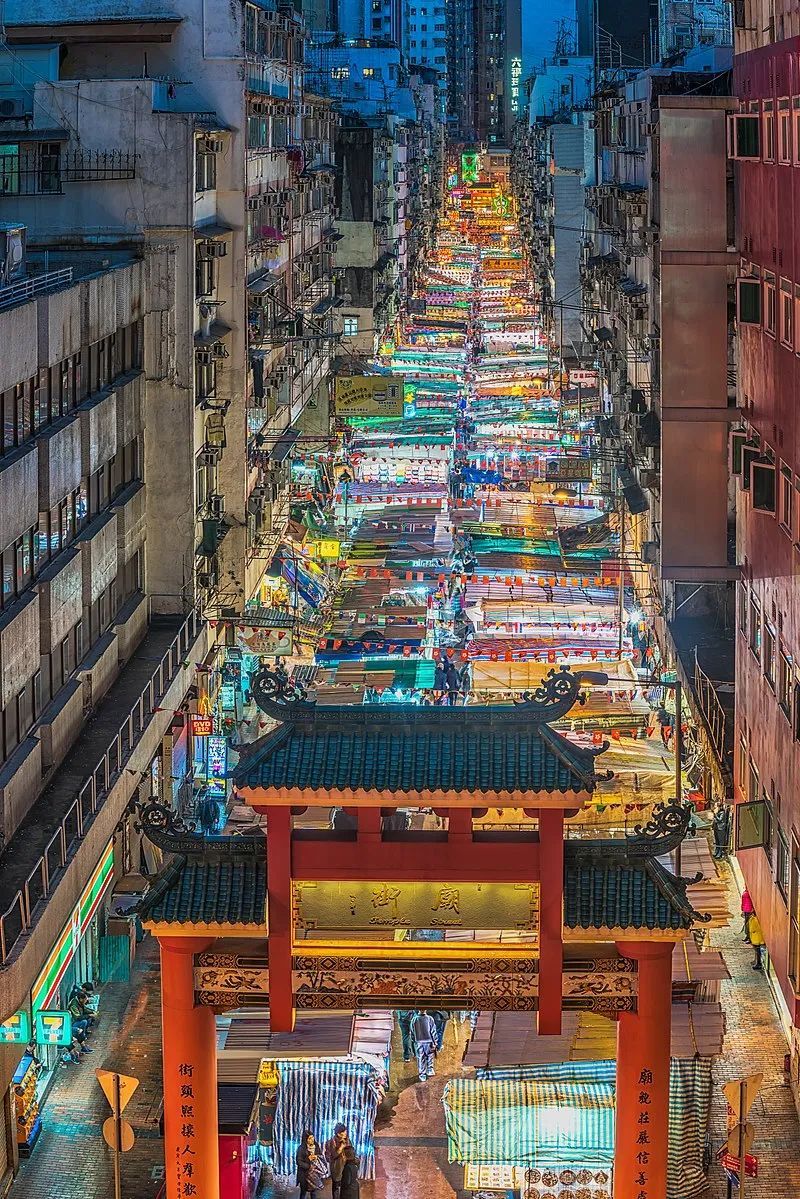
On weekdays, there are nearly 700 stalls at the Temple Street Fair.

About 400 booths were crowded into a square less than 400 meters long surrounded by Beihai Street, Shanghai Street, Jordan Road and Wusong Street, and each booth was only 2 meters long and 1 meter wide;
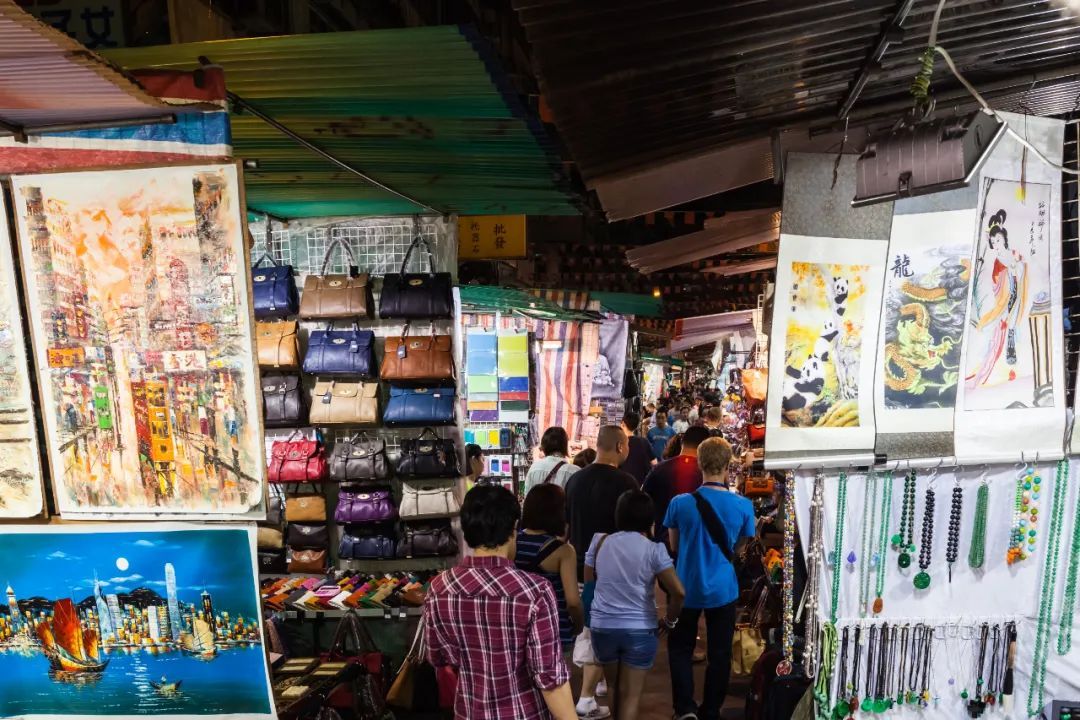
Another nearly 300 stalls are scattered on Shanghai Street, Market Street, Gansu Street and Zhongfang Street.
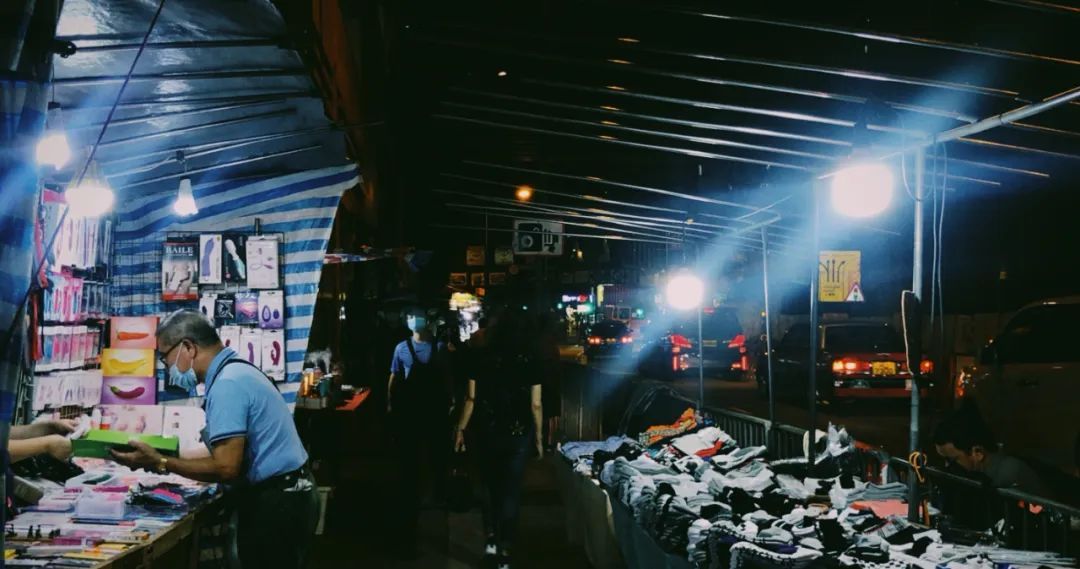
Unlike the stalls inside the square, the stalls scattered outside do not have a license issued by the government and are "operating without a license".
Whether there is a license or not is more of a management difference. Licensed hawkers are managed by the Hong Kong Food and Environmental Hygiene Department, and the size of their booths and the types of items they sell are limited;
The managers of unlicensed stalls - some Hong Kong media call them triads, but a 2014 study by City University of Hong Kong pointed out that triads only manage the porn industry and mahjong parlors, and most of the unlicensed stalls are left unattended and driven. It exists in the tacit understanding between the government, stall owners and residents.
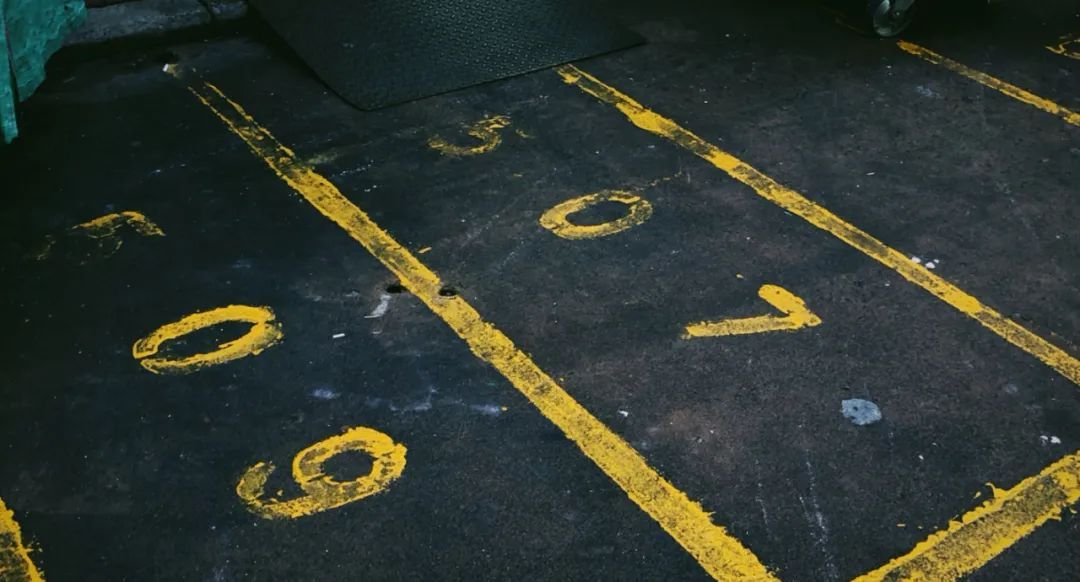
At this moment, there are only more than 400 stalls on Temple Street.
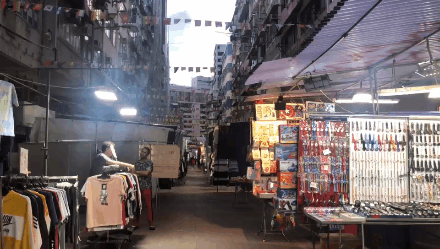
Some stall owners are only starting to sell their stalls now. Carrying their pockets, slipping on their slippers, and yawning, they pushed out the stall from the warehouse in the tenement building, assembled steel pipes, erected poles, erected skeletons, and threw out the plastic sheds like fishermen cast nets and put them on the shelves.

Many stalls didn't show up at all, and the roads were sparsely stacked with plastic tarpaulins and steel pipe supports.
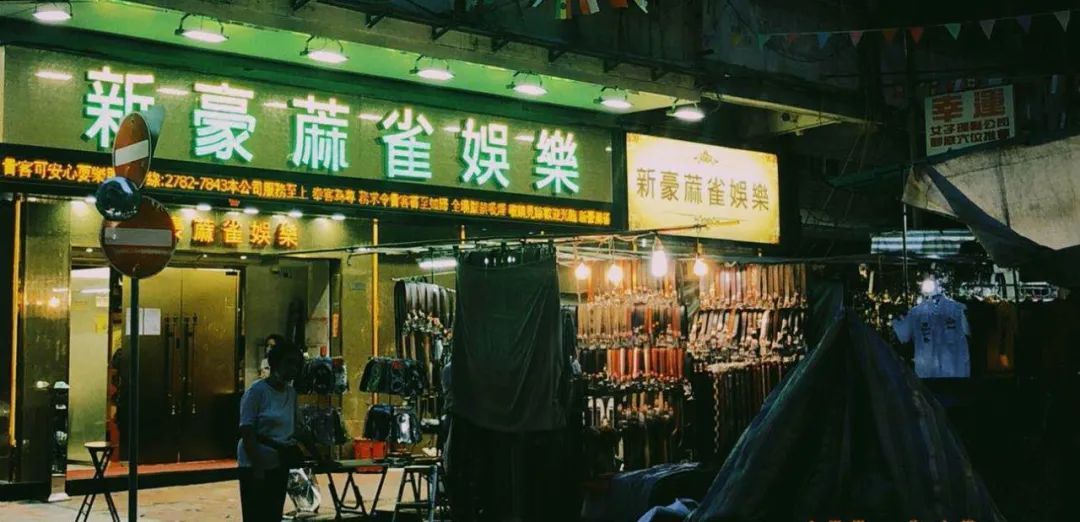
Pedestrians in twos and threes, with their heads bowed, rushed through the narrow passage between the booths, the sound of footsteps dragging out distinctly.
Some details that were neglected because of the noise on weekdays began to be highlighted at this moment: graffiti and rust mottled on the closed shop door, the land sign was enshrined with oranges at the corner, the moldy telephone poles were covered with real estate advertisements, and the exposed slabs slanted out. Several clothes rails, hanging a few floral shirts.
Since when did Temple Street become so dependent on tourists and become a kind of "attraction"?
Some say it was 2003. That year, in order to attract tourists, Temple Street spent 200,000 Hong Kong dollars to hold a 15-day Temple Street Festival.
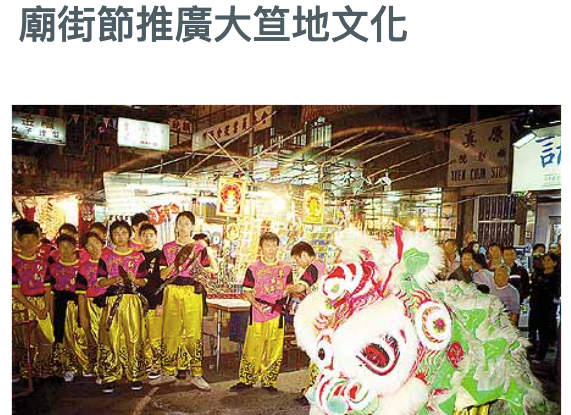
Some sources say it was 2006. Temple Street was one of the top ten attractions listed by the Hong Kong Tourism Board that year, along with Victoria Harbour and Victoria Peak.
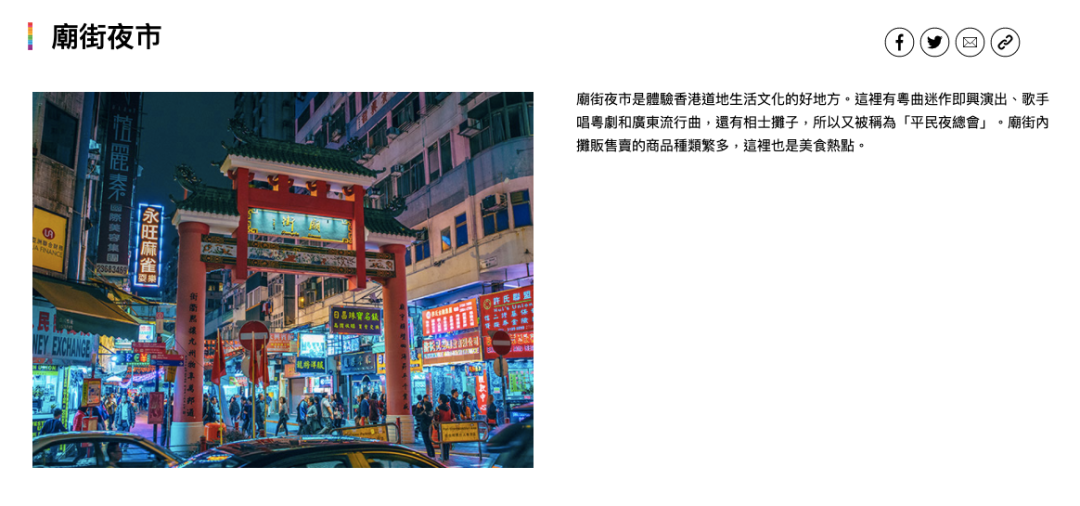
It could also be 2010. That year, the Yau Tsim Mong District Council allocated US$3 million to build two Chinese-style buildings in front and back of Temple Street. This was the first landmark building ever built in Hong Kong.
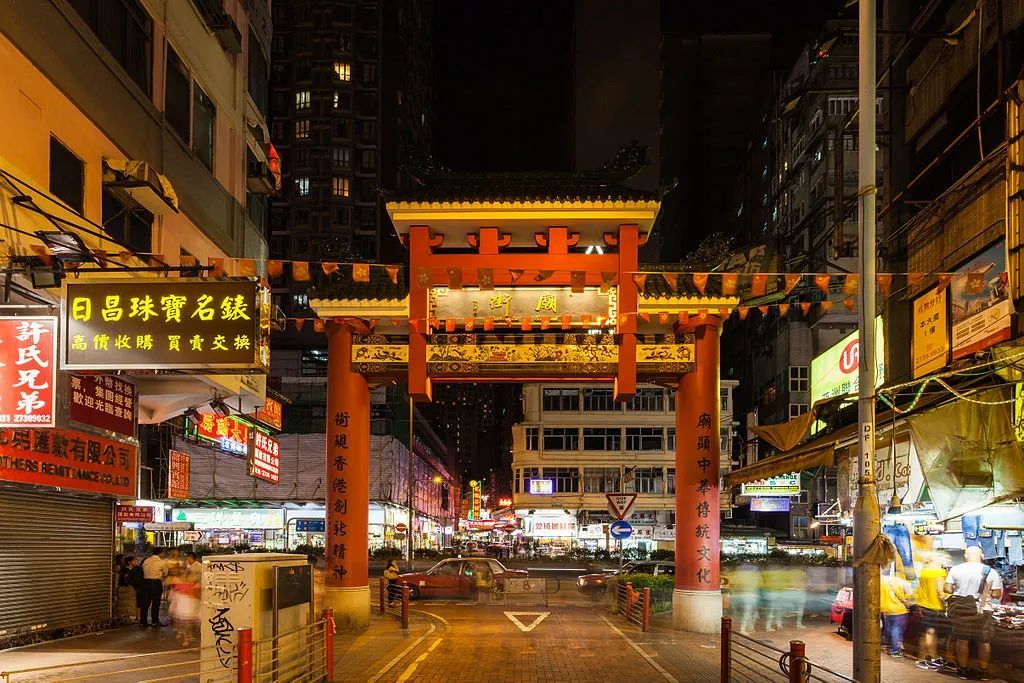
Temple Street is constantly appearing in travel guides and magazines as a Hong Kong check-in place. In 2009, "TIME" magazine listed temple street shopping as "one of the ten must-do things in Hong Kong".
Temple Street looks a little sickly without tourists.
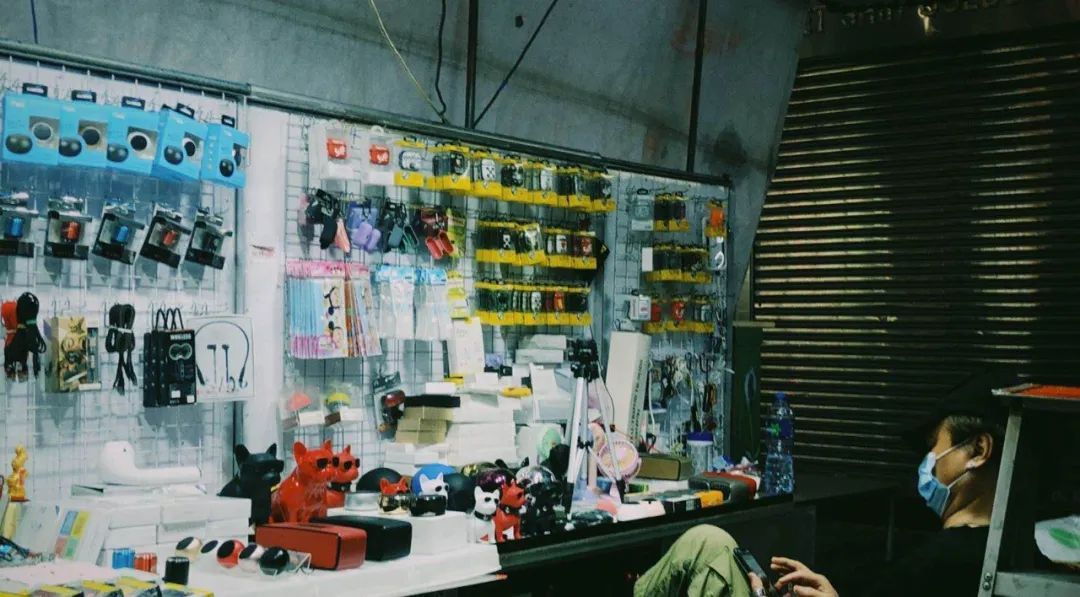
"Temple Street offers thousands of ways to make a living"
Historically, Temple Street has mostly done local markets.
Temple Street's first customers were local fishermen.
In the 1860s, the Kowloon Peninsula had not yet been reclaimed, and Yau Ma Tei was surrounded by the sea, and the residents of nearby areas made a living by fishing. To protect the safety of fishermen, Yau Ma Tei built a new Tin Hau Temple dedicated to Mazu in 1864, hence the name of Temple Street.
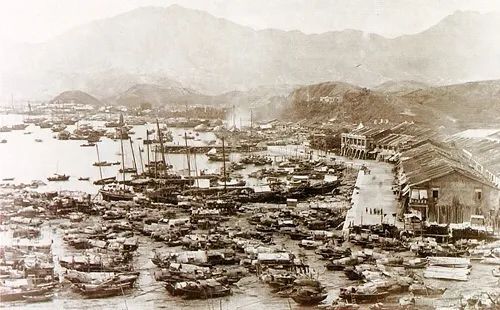
The fishermen rely on the sky to eat, and often go to the Tianhou Temple to pray for blessings. When they are tired, they sit under the banyan tree in front of the temple to rest.
Seeing that there are fishermen gathering here, and the boaters also need to restock, they set up stalls on the streets of Temple Street to sell snacks or cheap daily groceries such as tung oil and hemp rope.
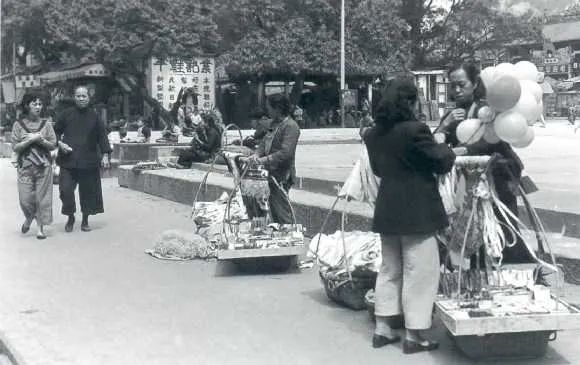
There are more and more customers, more and more vendors, and more and more types of goods. In 1940, Temple Street gradually developed into a well-known local market.
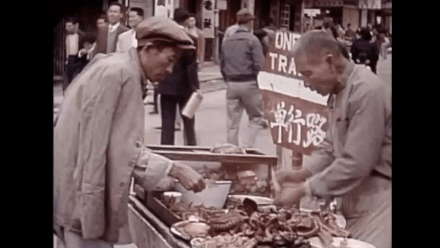
More than a decade later, the Vietnam War broke out, and U.S. Navy ships often docked in Kowloon. Wealthy officers like to go to Wan Chai for recreation, while Temple Street is a place for ordinary soldiers to find fun.

Soldiers like shirts and jeans, and Temple Street sells cheap shirts and jeans.
In order to save costs, the stall owners do everything from tailoring to selling clothes. In the tenement buildings in Kowloon City, family workshops work all night. The delivery trucks waited downstairs early every day, sewing buttons at noon, and putting shirts on the shelves at night.
In the 1980s, Temple Street ushered in a golden age.
The cost of family workshops is low, the goods are bought locally and sold locally, and the prices of the goods are cheap. More and more local lower-class people go to Temple Street to buy daily necessities. Often Hong Kong Island residents walk an hour to Temple Street for shopping.
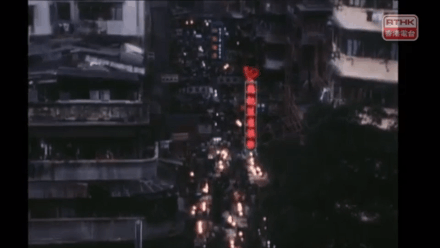
Back then, when I set up a stall on Temple Street, it wasn't a stall, it was my imagination.
Clothing and clothing such as cloth bags, T-shirts, belts, calligraphy and painting, jade ware, tea sets and other handicrafts, all the daily necessities you can think of can be bought here. Temple Street is also known as "Men's Street" because there are many items for men.

The stall owner selling snake gall and blood slaughtered snakes on the street, cut off the snake's head and collected the blood in a bowl, and slashed the belly with a knife to take the gall with bare hands.
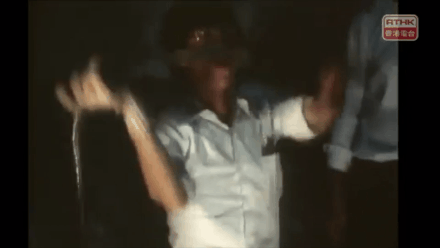
The stall owner who washed the dentures first pulled out the dentures from the elder's mouth, patiently pinched the small brush, and wiped it repeatedly.

There are nearly ten vendors selling pornographic publications in the whole street, mainly foreign goods, and the content is explicit. The customer asked, "Are there any Japanese ones?" The boss replied, "American women are also good."

The owner of the adult cinema stood in the crowd of people and solicited customers, "Come on, let's cheer. If you have more than 30 yuan per show, get on the bus immediately and take you to the cinema."
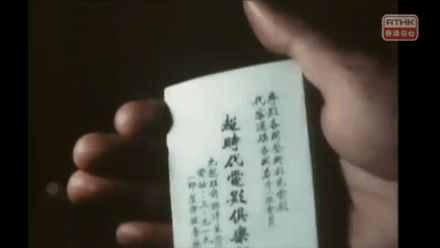
Vendors selling aphrodisiacs sat on the bench, with a large yellow cloth in front of them, filled with bottles and jars, and the white labels read quirky names, "Japanese Mystery Perfume", "French Wife Pushing Oil."
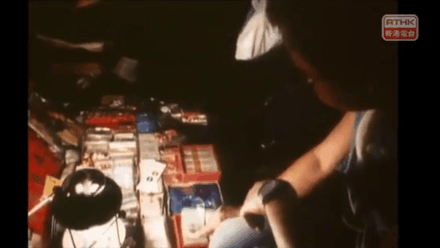
There are also stall owners who do not sell goods, but sell talents.
The stall owner stood in front of Limai with his eyes closed, while the musicians played with gongs and drums, humming Cantonese opera minor tunes. The audience stood in a circle, and people occupied half of the road for a long time. After the singer finished singing, he walked around the audience with a tin box.
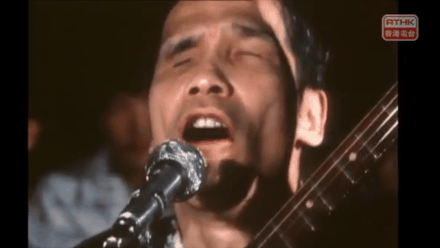
The area around the head of the banyan tree is full of stalls for fortune-telling, fortune-telling by palm, fortune-telling based on feng shui, and fortune-telling with small sparrows. "The secret cannot be leaked".
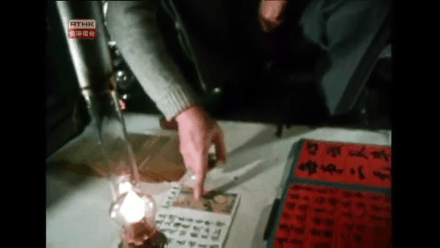
The north of Tin Hau Temple is full of various restaurants and open-air stalls, with local delicacies such as fried clams, spicy crabs, charcoal-fired claypot rice, Teochew cold noodles, and chopped noodles, traditional eggs, fish eggs, skewers, and stinky tofu. Snacks, everything.

There are many sparrow halls on both sides of the tenement building, and the entrance of the stairs is where the warblers are stationed, attracting clients to go upstairs; addicts will "chasing dragons" in the dark on the stairs.

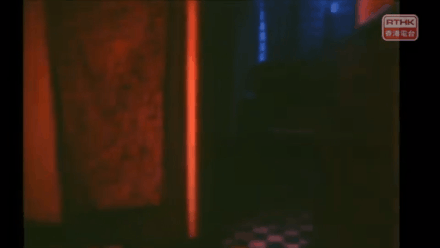
After visiting Temple Street, Taiwanese poet Rongzi said, "Although I have never visited that temple, the whole street is like a roaring red dust to me. People spread thousands of ways to make a living, and the noise and frenzy are the market place. Paradise".
what is left of temple street
"Ten years ago, there were no locals, so I didn't even buy them." Mrs. Huang told me that there are many locals and tourists who come to Temple Street. The money is tourists.

With the development of Hong Kong's economy, the construction of affordable supermarkets and the popularization of online shopping, the consumption habits of local people have changed dramatically, and there are more cheaper places than Temple Street.
When the cheap price is no longer enough to attract locals, it is a kind of self-help to turn Temple Street into a tourist attraction.
This somewhat cuts the character of Temple Street. A 2014 study by the City University of Hong Kong pointed out that the number of daily necessities stalls on Temple Street has gradually decreased; the number of souvenir stalls selling refrigerator magnets, "I love Hong Kong" T-shirts and postcards with Hong Kong tourist destinations has gradually increased, and the products have become more homogeneous.
It is rare that there are not many tourists in Temple Street. I tried to find what is left of Temple Street from the stalls that are still standing.
Mrs. Yu, 76, has been on this street since she was 10 years old. She has been selling beef balls, rice rolls, fish balls, and claypot rice cooked in wooden barrels on Temple Street for 66 years. She said her repeat customers are all locals, and several have become friends.
Mr. Ma once sold men's clothing for 10 years, and the business was getting worse and worse. 11 years ago, he resold sex toys, and the business was booming. According to him, the first stall owner to sell sex toys on Temple Street was a gray-haired old lady.
Zhou Sheng learned fortune-telling from his parents since he was a child. He settled down in Temple Street 10 years ago, set up a tent, set up a small table and two seats, and used three languages to tell fortune-telling for guests from all over the world, and master Feng Shui. I asked him what his business was like, and he said that fortune-telling was a hobby, not worrying about food and clothing.

Chang Huan has been divination in Temple Street for 17 years. He has received calls for help from clients who want to commit suicide. He helps men who want to jump off buildings for free, and is asked by an old man in his 90s if he can live a long life.
Going further inside, you can still see the electroplating booth polishing the quartz watch, you can still ask your grandma for a bowl of mung bean soup, you can still listen to the citizens singing Cantonese songs in the open-air rest area, and you can still see the mahjong hall. The sign of the store is bright red and green, and you can still see the street girl wearing a suspender at the entrance of the Tanglou, throwing dark and ambiguous eyes at the passers-by.

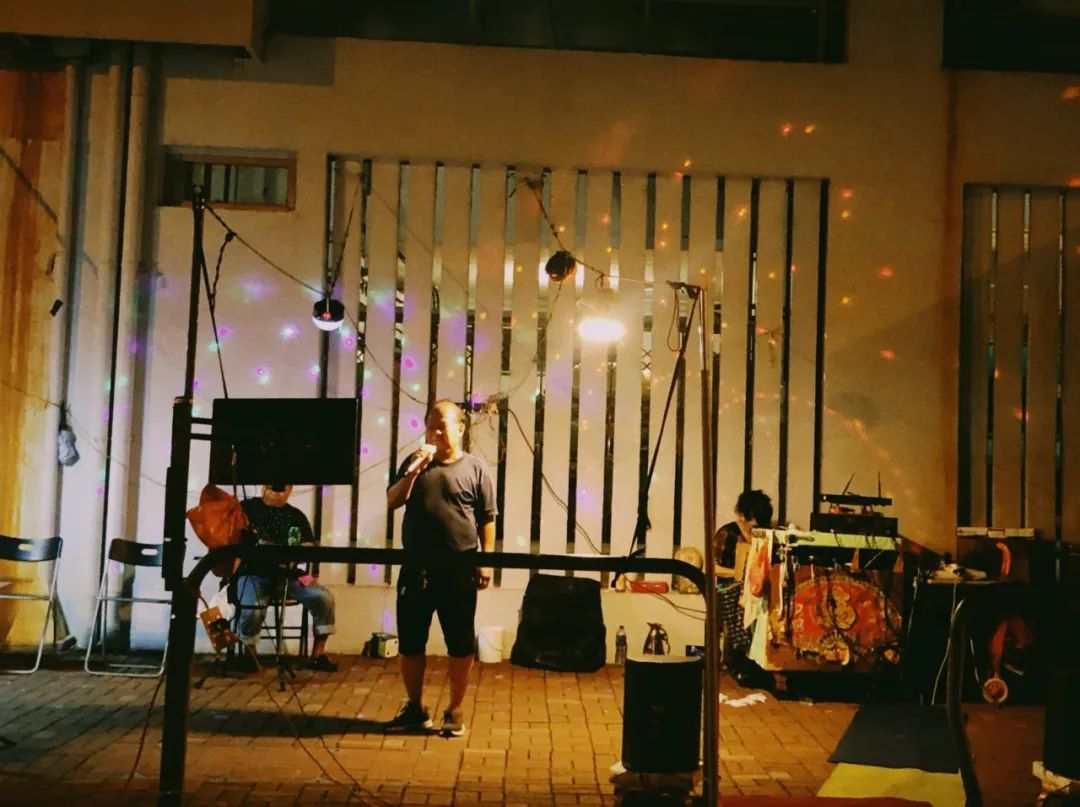

I seem to have seen the most marketable Hong Kong again.
Now we may be able to easily watch an e-commerce live broadcast, but only in Temple Street, you can hear sounds that have not been rehearsed, processed, or modified: the humming of the shaking head fan, the spatula in the back of the food stall The voices, the shouts of the merchants.
We can easily order a piece of clothing online, but it is only in Temple Street that you can carefully observe the angry expression of the stall owner after being bargained, and get a kind of pleasure from taking a small advantage from this expression.
The market is derived from parity, but from parity it turns into a kind of choppy, rough, and the most real fireworks.
This is the value and reason of Temple Street in Hong Kong.
At the end of the song, people scattered, and day after day. In the middle of the night, Temple Street became quiet again, and the stalls gradually dispersed. Several homeless people were already lying on the street, leaving only a mess of restaurants.
The storyteller also closed the stall early, and walked home with a fan, "It's time to end tonight, thank you for your support, if you want to know what happens next, let's listen to the next breakdown..."
//////
The original text was published on June 12, 2020, and was originally published on the inaugural WeChat public account platform.
References:
- https://www.youtube.com/watch?v=mB64yLgPvB8
- https://www.youtube.com/watch?v=7hx9gTgP-0U&t=226s
- https://www.youtube.com/watch?v=F7_2u9wcKbQ&t=1124s
- https://www.youtube.com/watch?v=7hx9gTgP-0U&t=190s
- http://cah.cityu.edu.hk/~bacuhm-dec/projects/year2014.pdf
- https://www.youtube.com/watch?v=xiuh2xFb6uE
- https://kknews.cc/travel/9y3zmy5.html
- https://en.wikipedia.org/wiki/Temple_Street_(Hong Kong)
- https://www.hkhselderly.com/tc/travel/scenic/245
- http://www.bjnews.com.cn/news/2019/10/11/635050.html
- Discovering Hong Kong: Culture·Community·Opportunity
- The New in the City - History of Urban Planning and Development in Hong Kong (1841-2015) Author: Ho Pei-ran
Like my work? Don't forget to support and clap, let me know that you are with me on the road of creation. Keep this enthusiasm together!



- Author
- More